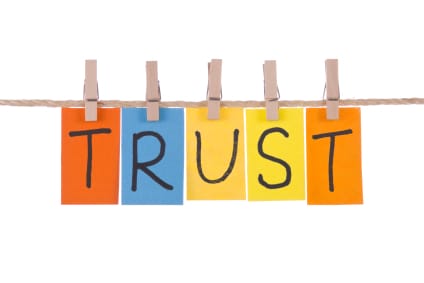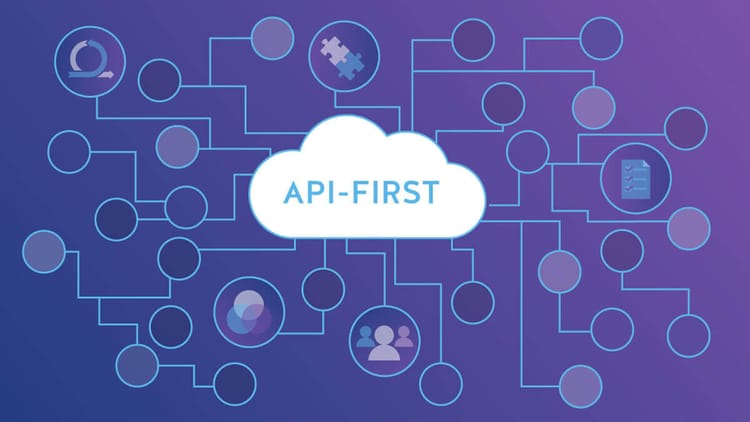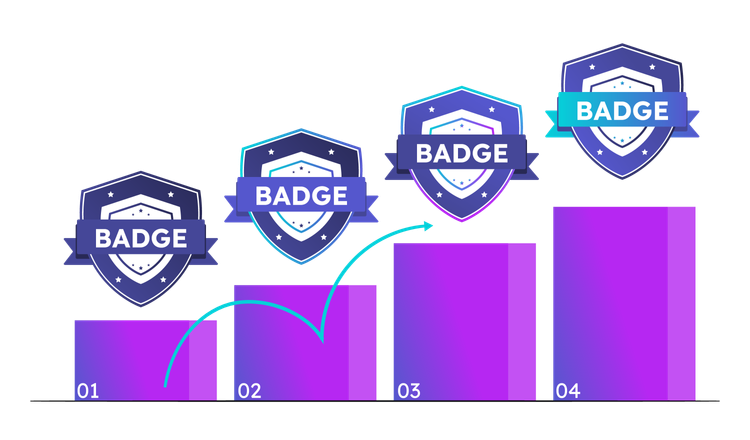Characteristics of a successful product partnership
While every partnership is unique, there are some similar traits that can help you forecast if a partnership is going to be successful.

Large Opportunity
Is the opportunity big enough to be impactful for both companies? Try and assess using some of the below:
- Large TAM
Do you forecast a large audience for your integration / solution? Some signals that the opportunity is large could be things like - customers requesting this integration / feature, product data showing that you share customers, searches on your marketplace showing this gap.
- Complimentary Products
Fundamentally, will your products work together well to create a better experience for your shared customers? Some products fit together very naturally, like Zoom + Calendar apps, but others may need some iterations to find the use-case that works.
- Established User Behaviors
It can be hard enough to build integrations that work, without having to also try and change user behaviors too. If there is not already a well established user behavior for your integrated solution, consider if you are building the right thing for your customers.
Cultural Alignment with your partner
In a general sense, having partners that are different to you, can be a great thing. It can help both sides win new business, enter new markets, fill product gaps, etc.
While having matching cultures is not table-stakes, there are some areas that are helpful to operate in similar ways:
- Similar go-to-market motions?
There are a few angles to look at this topic from:
Do you focus on Enterprise sales or SMB?
Do you have large sales and success teams or a self-serve go-to-market model?
Do you both have a high-touch approach for larger customers?
Having big differences here can be challenging to work through, unless both parties are willing to make some big changes in how they operate, to make the partnership a success.
- Similar approach to building products?
Do you both run agile development, ship quickly and iterate?
Does one of you want to release a polished integration before investing in growth and marketing?
Does one of you build custom features for large customers but the other partner build for larger audiences?
Big differences in your product design and development approach can be a red flag that is worth exploring in detail. If one of you wants to move fast and iterate, but the other does not, or cannot, it can lead to frustration for everyone.
- Willingness to be open and trust each other?
This can be hard to objectively quantify with data, but some signals to look out for are:
- Are you willing to share insights?
- Are your cultures transparent or secretive by default?
- Will you share what is genuinely important to you, or what you think your partner wants to hear?
Try and remember that in any new partnership, openness comes before trust. You can help establish trust more quickly by being willing to go first, sharing and assuming that your partner will do the same.
Nice to have (but not deal breakers)
- Executive "alignment"
Some partners want to get the execs in the room to spar and commit to the relationship. While it can be helpful to have built relationships here to unlock resourcing, or deal with challenges, it should almost never be a deal-breaker.
If the audience, opportunity, demand and integration quality are not there, having strong exec relationships will not help.
If you enjoyed this piece, please share it. Thanks. 🙏




